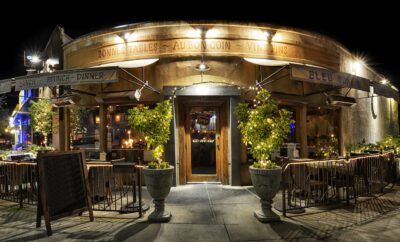
News
Daylight Savings Time Coming to a Close, and Maybe For Good
Time changes are always a peculiar thing to think about, and often they seem to cause more confusion then good. Raise your hand if you procrastinate in changing the time on your kitchen appliances for way longer than you should. Yeah you know you do. Even so, in today’s modern age, switching our clocks may seem strange, causing us to collectively ask why we still adhere to it.
For the Fall of 2018, we will “fall back” on November 4th — don’t forget to change those clocks!
But why have daylight savings time to begin with? Contrary to popular opinion, daylight savings time was not enacted for farmers to longer daylight for growing crops. In fact, most farmers fought for it to be repealed when it was enacted into law in 1918. DST was originally implemented as a wartime conservation effort during World War I in order to save on total energy expenditure. Once the war over, DST was repealed, but once again nationally observed during World War II.
By 1966, many Americans were practicing DST through local laws, so in order to avoid national confusion over something as simple as “what time is it?”, Congress instituted the Uniform Time Act of 1966. The act states that DST would begin on the last Sunday of April and end on the last Sunday of October. By 2005, the Energy Policy Act tweaked this policy slightly, changing DST to begin on the second Sunday of March at 2:00am and then the changeover back to standard time would occur the first Sunday of November at 2:00am.

Photo by Benjamin Davies on Unsplash
So do these changes in time really make that much of a difference? Well, it depends on who you ask. Proponents of DST say that it definitely makes an impact during the spring and summer months, when days are much longer, allowing for people to be outside without having to use artificial light. However, this may not be the case, as opponents say that less artificial light use has been offset due to increased use of air-conditioning. Due to lighting becoming more energy efficient, most energy usage is generated from heating and cooling. Several studies have shown that DST has even resulted in the overall energy consumption of an area actually increasing. Others are quick to point out the drawbacks of springing ahead like increased sleep debt, drowsy driving, and loss of productivity, all due to losing an hour in the spring.
This has become such a contested topic that there is currently a proposition on the California ballot that would give the state the power to change the dates and time of DST. If passed, Proposition 7 would allow the CA legislature to establish permanent, year-round DST by a two-thirds vote. Nevertheless, on November 4th, DST is officially over for the winter. Good news: you get that sweet extra hour of sleep. Bad news: no more leaving work with the sun still up. Be sure to remember to switch over any manual clocks! Oh and enjoy that extra hour of sleep, you deserve it.





0 comments